The Society of Cambridge Youths is dedicated to ringing the bells for the services at Great St Mary’s both for the Parish and the University. Founded in 1724 the society is the second oldest ringing society at any church in the world with a continuous history of its ringing.

In 2009, in celebration of the 800th anniversary of the founding of the University the bells were replaced with a new ringing of 12 and a flat 6th from Taylors, Eare and Smith of Loughborough. The old clock bells were retained and are still used to strike the chimes.
| Bell | Weight | Nominal | Note | Diameter |
| 1 | 4-3-0 | 1771.0 | A | 25.50″ |
| 2 | 5-0-0 | 1578.0 | G | 26.50″ |
| 3 | 4-3-8 | 1476.0 | F# | 26.88″ |
| 4 | 5-0-2 | 1324.0 | E | 28.00″ |
| 5 | 5-2-10 | 1175.0 | D | 29.50″ |
| 6 | 5-3-23 | 1101.0 | C# | 30.50″ |
| 7 | 6-3-14 | 989.0 | B | 32.50″ |
| 8 | 8-0-0 | 880.5 | A | 34.88″ |
| 9 | 10-0-18 | 785.5 | G | 38.13″ |
| 10 | 12-1-16 | 737.0 | F# | 41.00″ |
| 11 | 17-1-2 | 661.0 | E | 45.38″ |
| 12 | 24-1-1 | 587.5 | D | 51.00″ |
| 6b | 6-1-0 | 1047.0 | C | 31.50″ |
Photos of the 2009 installation project can be seen here
See Doves Guide for details of the old bells
The Clock and the Cambridge Chimes
In 1793, a new clock by Thwaites of London was installed, and Revd Dr Joseph Jowett, Regius Professor of Civil Law, was asked to compose a suitable chime. We shall never know whether the result was his own invention; there is a long, but almost wholly unsubstantiated, tradition that he received assistance either from Dr Randall, the Professor of Music, or from his brilliant undergraduate pupil, William Crotch (1775-1847). It is also said that the tune is based on the fifth bar of the opening of Handel’s Aria ``I know that my Redeemer liveth”. The clock wore out in a century; the one now in the tower was bought in 1892, and is by William Potts and Sons of Leeds, and incorporates Grimthorpe’s double three-legged gravity escapement
It is often not appreciated, even by those who know the chimes well, that although each quarter is different, the barrel revolves twice each hour. Five of the old (pre-2009 bells) are still used to strike the quarters (old 3rd, 4th, 5th and 8th ) and the hour (the old Tenor)
These much-admired chimes were copied in 1859 for the new clock and bells in the Palace of Westminster (commonly collectively known as “Big Ben”, which is in fact the name of the hour bell alone); thus the tune is also often known as the “Westminster Chimes”.
Some people associate the following words with the tune of the fourth quarter of the chimes.
“Lord through this hour,
be Thou our guide
so, by Thy power
no foot shall slide”
Regulation of the Clock
The following information was provided by the University clock-keeper, Dr Frank King (See Contact page University Bellringer for contact details)
The clock at Great S. Mary’s is usually very reliable and gives the time to within a few seconds of legal time (G.M.T. or B.S.T.). The clock is normally checked weekly at the first stroke of the hour bell at 8 a.m. each Sunday and the error relative to legal time is recorded. The weekly records date back many years and show that the standard deviation of the error is around 2 seconds.
The period of a clock pendulum is governed by the formula T = 2*pi*sqrt(l/g) where l is the length. The pendulum is equipped with an annular tray, above the pendulum, bob which is used for holding coins, typically about 10 x 2p pieces. If you add coins to the tray you raise the centre of gravity and hence shorten the simple equivalent length marginally. This reduces the period and so speeds up the clock. After each weekly observation an appropriate adjustment is made to the number of coins on the tray according to the following formula:
Adjustment = (desired gain – last week’s gain) / 1.3
The gain is measured in seconds and the result, rounded to the nearest half integer, gives the amount in pence to be added to the tray. For example if the clock is 2 seconds slow and lost 1.5 seconds the previous week then the desired gain is 2 seconds and last week’s gain is -1.5 (a loss is a negative gain). The formula suggests adding (2+1.5)/1.3 = 2.69p to the tray. On rounding to the nearest half integer, this result indicates that 2.5p should be added to the tray. A ha’penny is kept by the clock. .
The position of the hands cannot be read to satisfactory precision which is why the time of the first stroke of the hour is used as a reference. Moreover, the error in the time of the first stroke is slightly different at different hours of the day which is why a particular hour (8 a.m. in practice) needs to be used for observational consistency.
The pendulum incorporates a temperature compensation mechanism but it suffers from time lag and requires human intervention to help it on its way. It is worth noting that the time is almost never adjusted, but only the rate. The clock is stopped for occasional maintenance and when the clocks go back an hour in October each year. It may take a week or two for the timing to recover after such incidents which typically occur once or twice a year.

